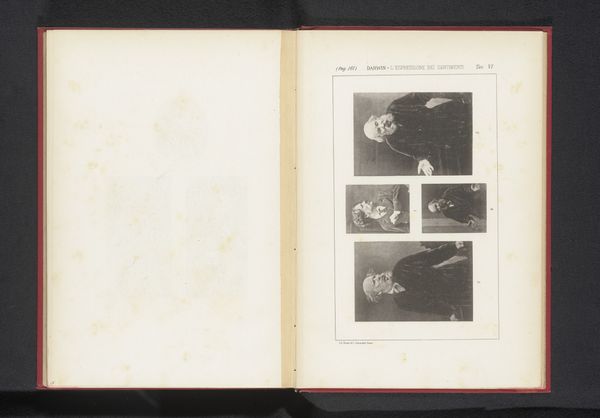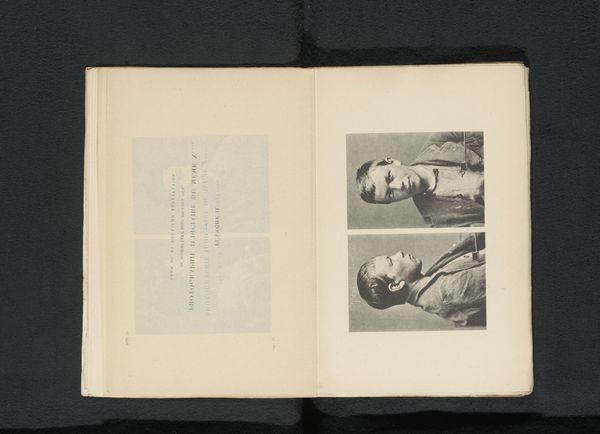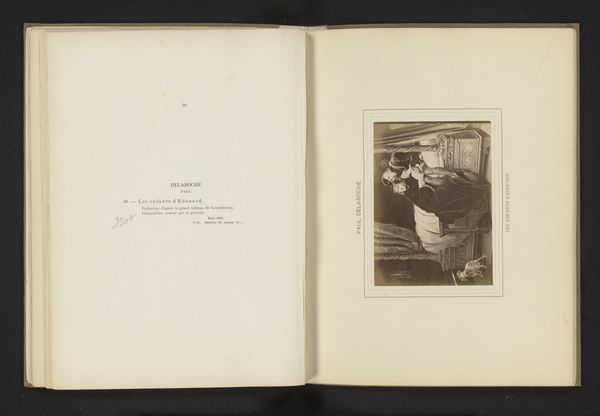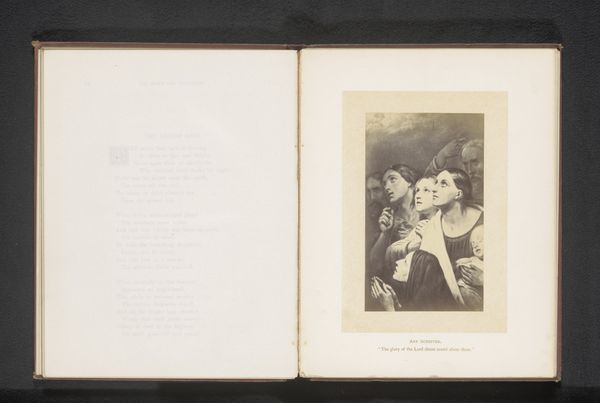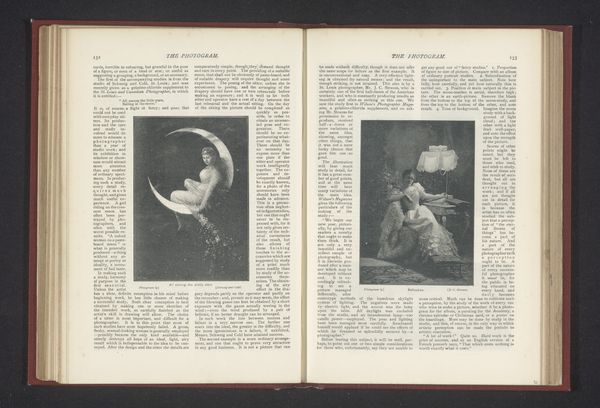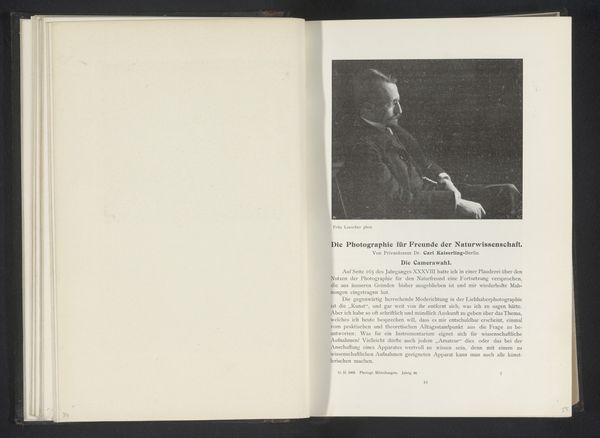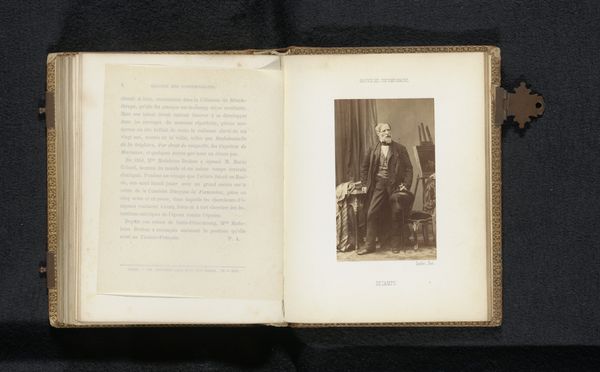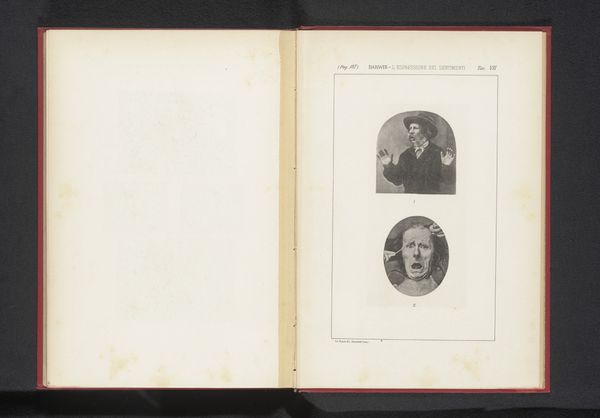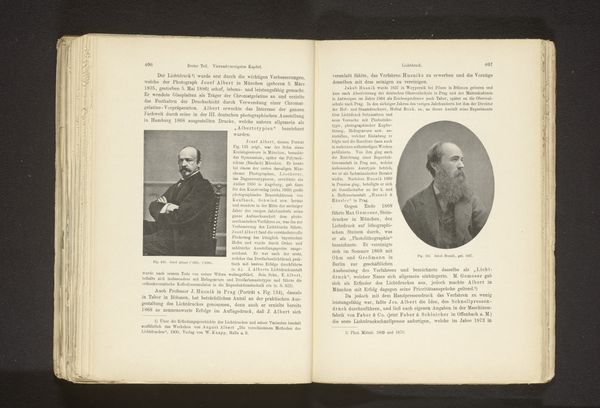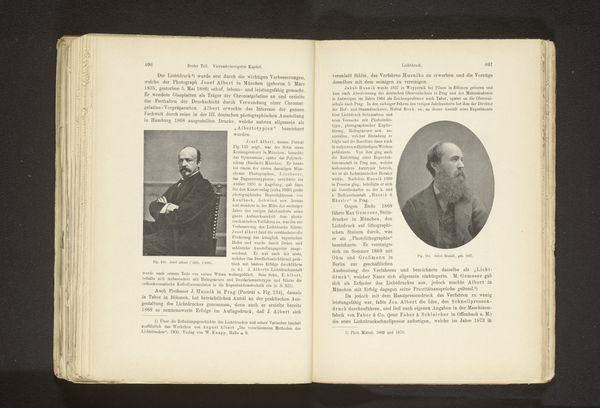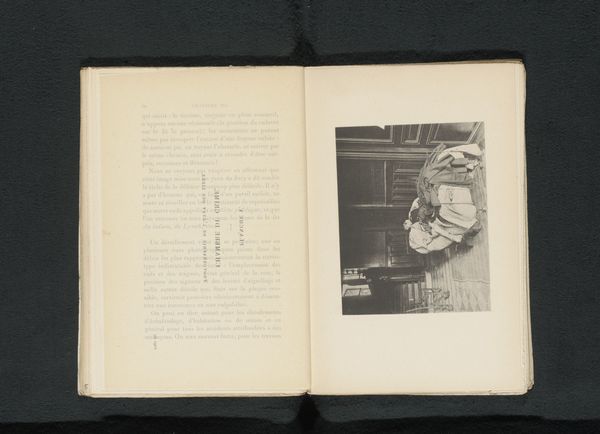
Twee gerechtelijke portretten van een onbekende man before 1890
0:00
0:00
print, photography
#
portrait
# print
#
photography
#
genre-painting
#
academic-art
#
realism
Dimensions: height 127 mm, width 188 mm
Copyright: Rijks Museum: Open Domain
Curator: This compelling book spread showcases two prints, titled "Twee gerechtelijke portretten van een onbekende man" attributed to Service d'identification de la préfecture de Police de Paris and dated before 1890. It uses photography as the medium. Editor: Intriguing. Immediately, I’m struck by the unsettling effect of these portraits, clearly intended for forensic study, rendered with such precise framing and grayscale tones. The very materiality—the cold, photographic print—enhances the starkness. Curator: Indeed. Consider how photography in this period becomes intrinsically linked with surveillance and social control. The establishment of photographic identification services coincided with rising anxieties about crime and social order in rapidly urbanizing cities. Editor: Absolutely. And while identified under realism style, that doesn’t fully encapsulate how the artist manipulated photographic elements for forensic purposes. Notice the lighting. It casts the face of the figure as though every imperfection becomes a signifier. Curator: It’s impossible not to notice the regimented composition – two studies on the same page showing two profiles of the man with measuring calipers extended on each. The image’s structural simplicity adds a scientific sensibility. Editor: Right, but in stripping away any individual context—even a name—doesn't the artist invite us to reflect on broader societal notions of criminal identity. Are we complicit in reducing an entire identity through photography? Curator: A very interesting point. Also consider how the printing of these photographs inside a book enhances its symbolic role, functioning as a reference or a document, or possibly a method for the police to circulate criminalized pictures of common people to one another. Editor: Seeing this work has given me such food for thought regarding what structural constraints a printed artwork can elicit, especially pertaining to institutional documentation! Curator: Yes, its power resonates still because it bridges these artistic concerns and the stark realities of historical identity management.
Comments
No comments
Be the first to comment and join the conversation on the ultimate creative platform.

